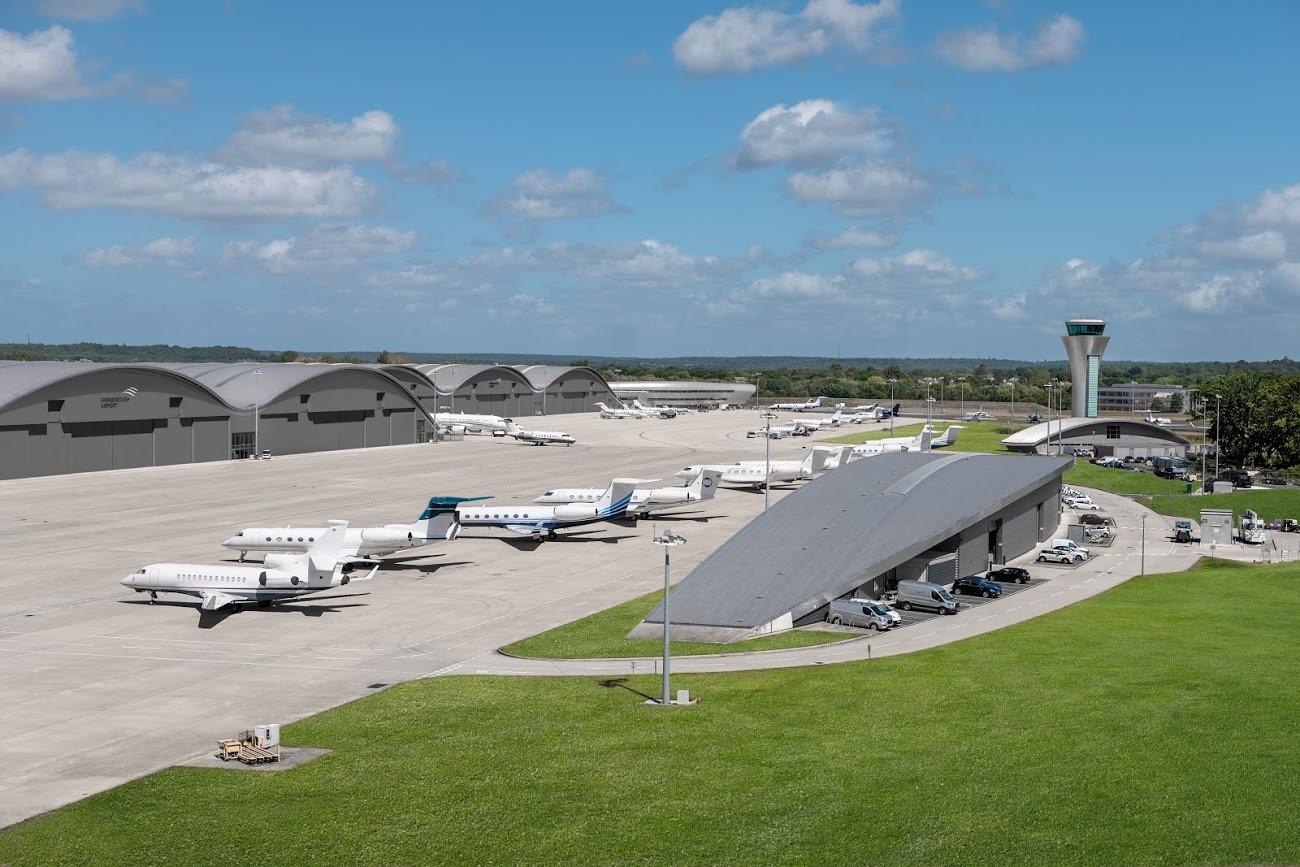
Credit: Farnborough Airport
As work continues to develop viable electric or hydrogen power plants for passenger aircraft, the industry’s efforts to reduce carbon emissions remain focused on sustainable aviation fuels (SAF). SAF adoption is slow for two main, mutually reinforcing reasons. First, sustainable fuels, regardless of...
Subscription Required
This content requires a subscription to one of the Aviation Week Intelligence Network (AWIN) bundles.
Schedule a demo today to find out how you can access this content and similar content related to your area of the global aviation industry.
Already an AWIN subscriber? Login
Did you know? Aviation Week has won top honors multiple times in the Jesse H. Neal National Business Journalism Awards, the business-to-business media equivalent of the Pulitzer Prizes.
